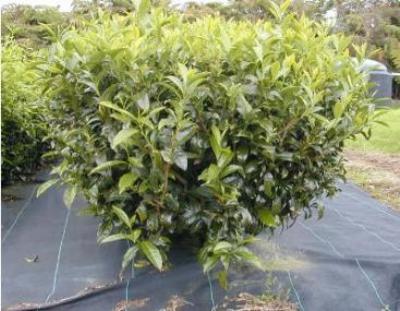Tea Plant
Adaptatio
nsCamellia sinensis' different taste comes from the adaptations to its environment. As the elevation changes, the size and quality of the tea leaves differ. The tea leaves adapt to elevations via changing their size and the chemistry within its leaves. The body and leaves become thinner as the elevation increases. The thinner the leaf means a stronger, more potent flavor. Every shape, color, and fragrance has its own taste,
so no two leaves are the same.Tea plants can withstand lower
amounts of rainfall since it's a Dicot.
A reason for this tolerance is because
C. sinensis
has a taproot and a
centralized rooting system, where it can
get and retain water even in sub-par
conditions. Another adaption most
tea plants
encompass is a mutualistic relationship
with Glomermycota fungi. This
endomycorrhizae mutualism benefits both
organisms.
Plants are able to have a
larger surface area within their
root
system.
Conversely, roots are
able to retain more water
and nutrients from the soil. In
return,
the
fungi receive energy from the tea plant
in the form of glucose.
The accumulation of these adaptations
provide an increased survivorship for C. sinensis.
With adaptations in mind, let us focus on how they affect the plant's Nutrition.
Copyright © 2007, Design by: Sunlight webdesign
